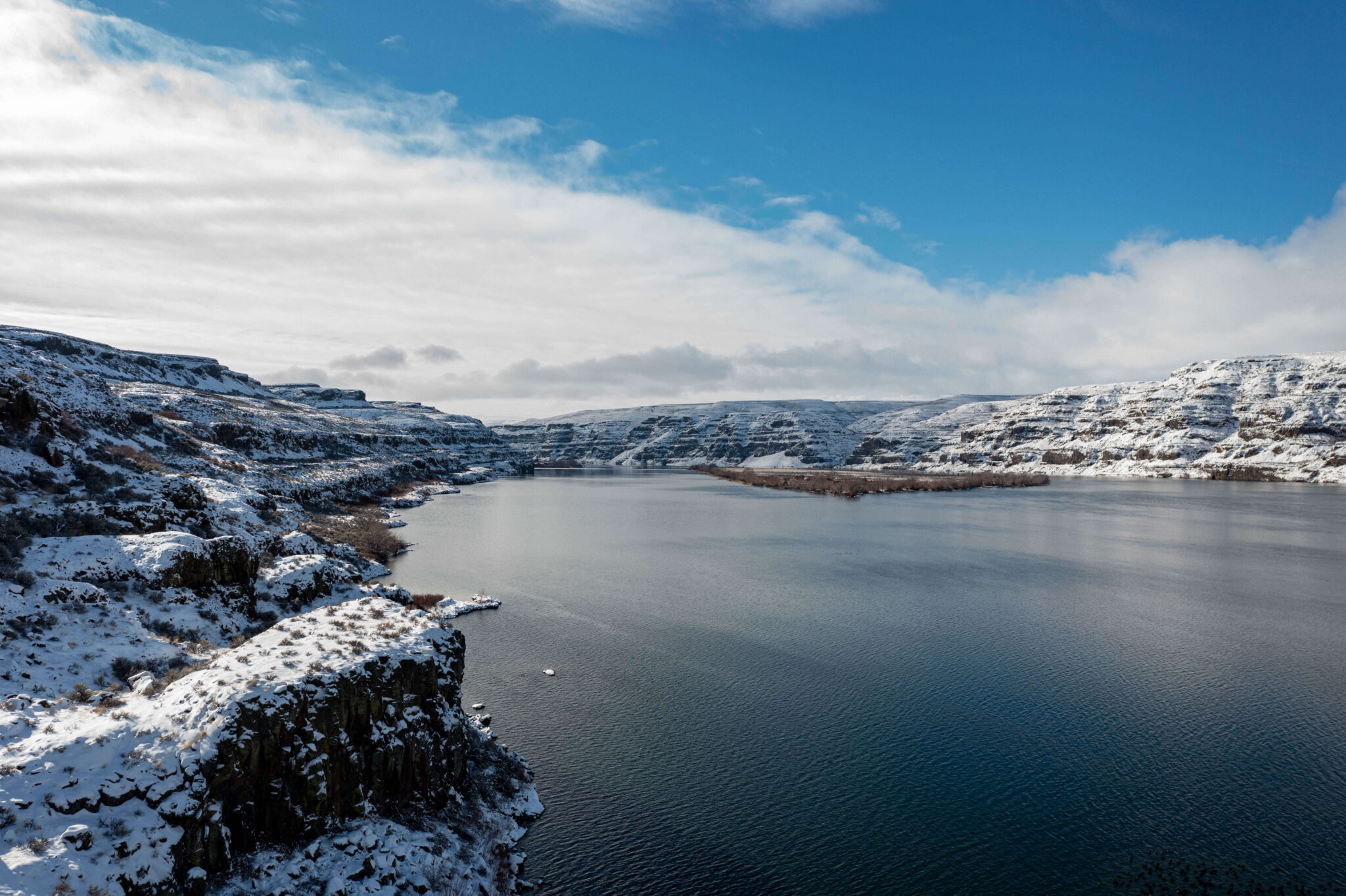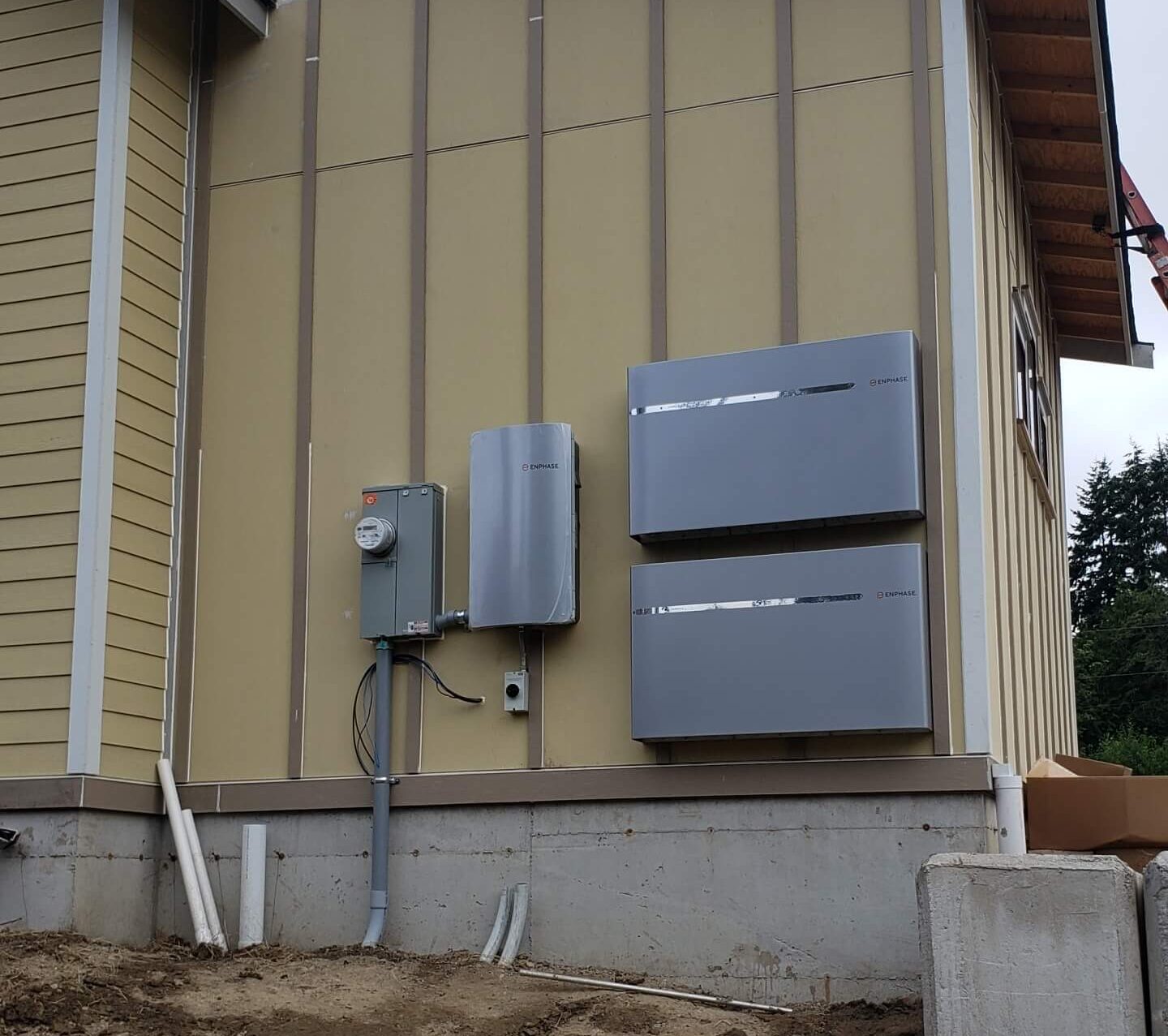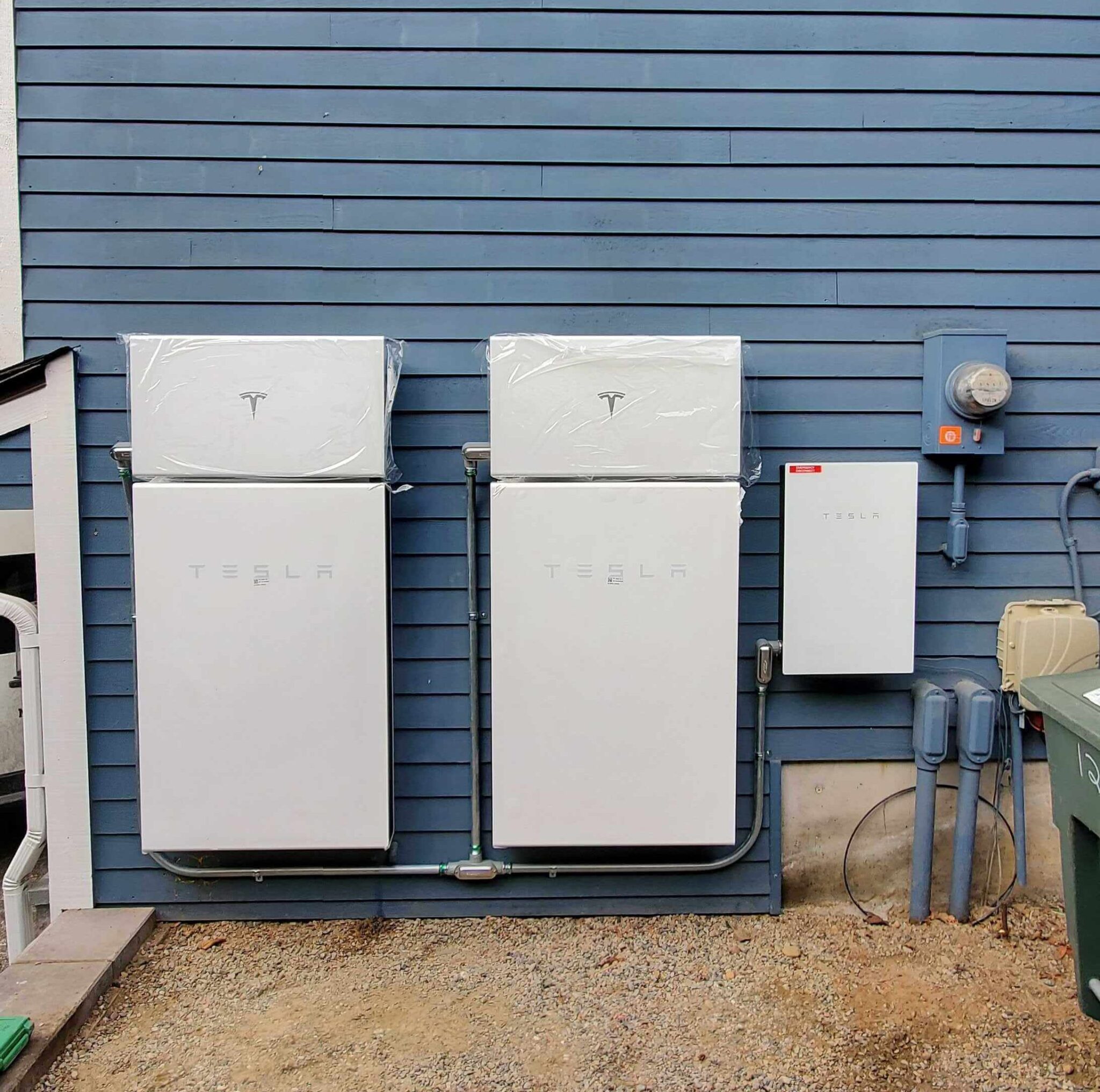Battery Backup in Washington
Electric utilities in Washington do not currently have Time of Use (TOU) pricing, so unlike battery backup owners in California, we cannot have a payback period on battery storage. In the Evergreen State, battery storage is a means to avoid electrical blackouts and to have your solar panels running when the grid is down.
Temperature and Batteries
Temperatures on both sides of the spectrum affect lithium batteries negatively. That is why it’s vital to place batteries inside or outside in locations where they will not get too cold or hot.
Cold temperatures affect the battery’s ability to charge evenly and cause lithium plating, which can lead to cell failure if the battery charges over a prolonged time in below-freezing temperatures. Charging and using the battery at temperatures reduce the battery’s capacity and overall life.


Enphase IQ operating temperatures
The ambient operating temperature range of Enphase IQ batteries is -15°C to 55°C, but the optimum temperature range is between 0°C to 30°C.
Powerwall operating temperatures
The Powerwall 2 has an optimal temperature range between 32°F to 86°F (0°C and 30°C). It can operate between -4°F to 122°F (-20°C to 50°C), but in extreme temperatures, as stated earlier, the efficiency will decrease significantly and impacts the long-term lifespan of the battery.
Fortunately, on cold nights, your Powerwall automatically preheats before sunrise so that the battery can capture maximum solar energy during the day. Preconditioning, in combination with Tesla’s unique liquid thermal management system, allows your Powerwall to operate at lower temperatures than any other home battery.

Choosing battery location
We recommend as battery energy storage systems are a significant investment to keep them inside when possible. Sometimes that is impossible because of available space or code that requires batteries to be outside. Fortunately, lithium batteries are great at deploying energy for most temperatures; it’s during extended extreme weather events when the battery needs to recharge that might cause issues.
For most of Washington, extreme temperatures come infrequently, and the grid is only down for a week. Pairing your batteries with a gas generator is typical to ensure the light stays on during all scenarios. Something that we have experience doing for all homes and locations. Start your journey to backing up your energy needs today with NWES!


